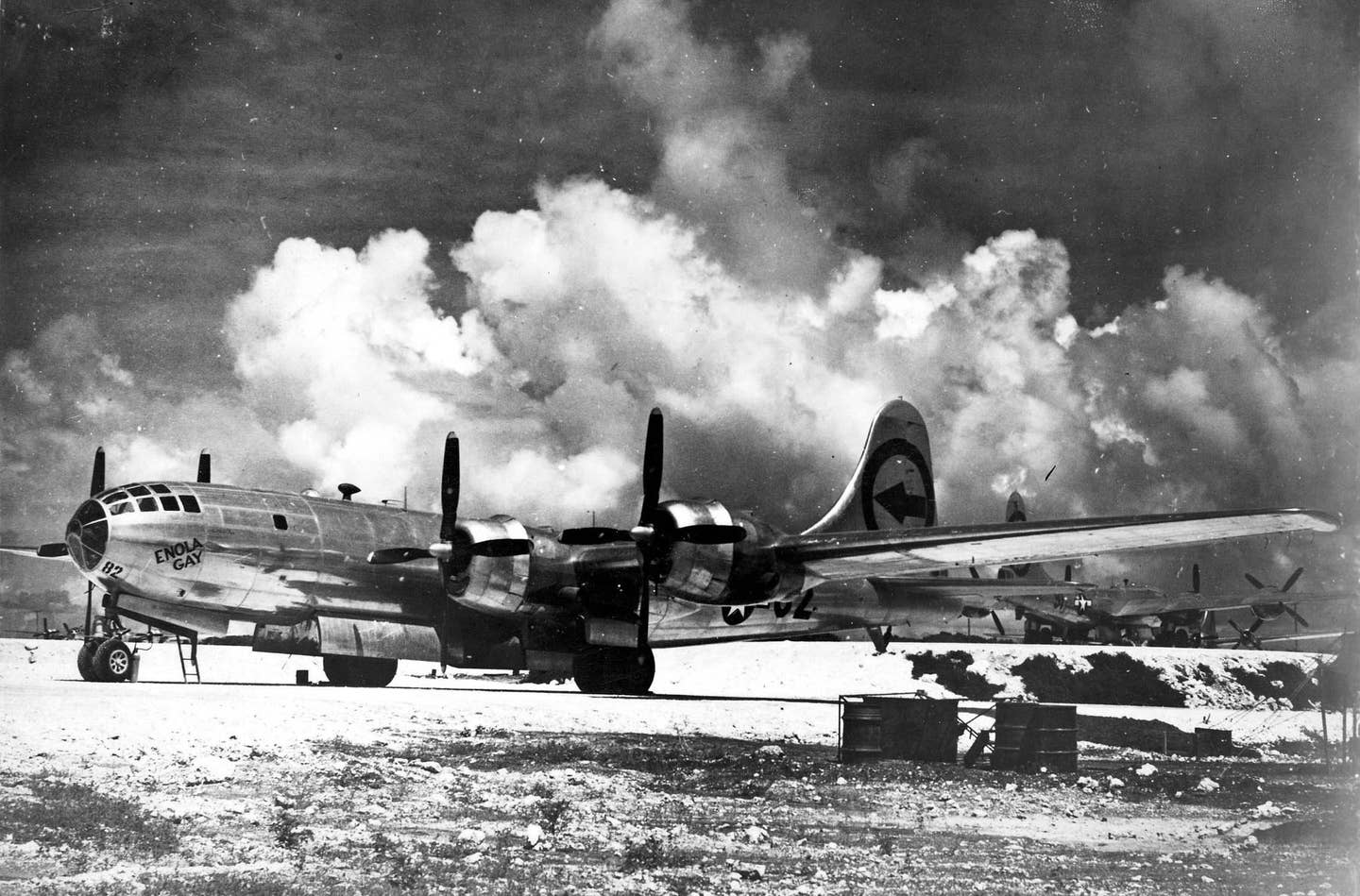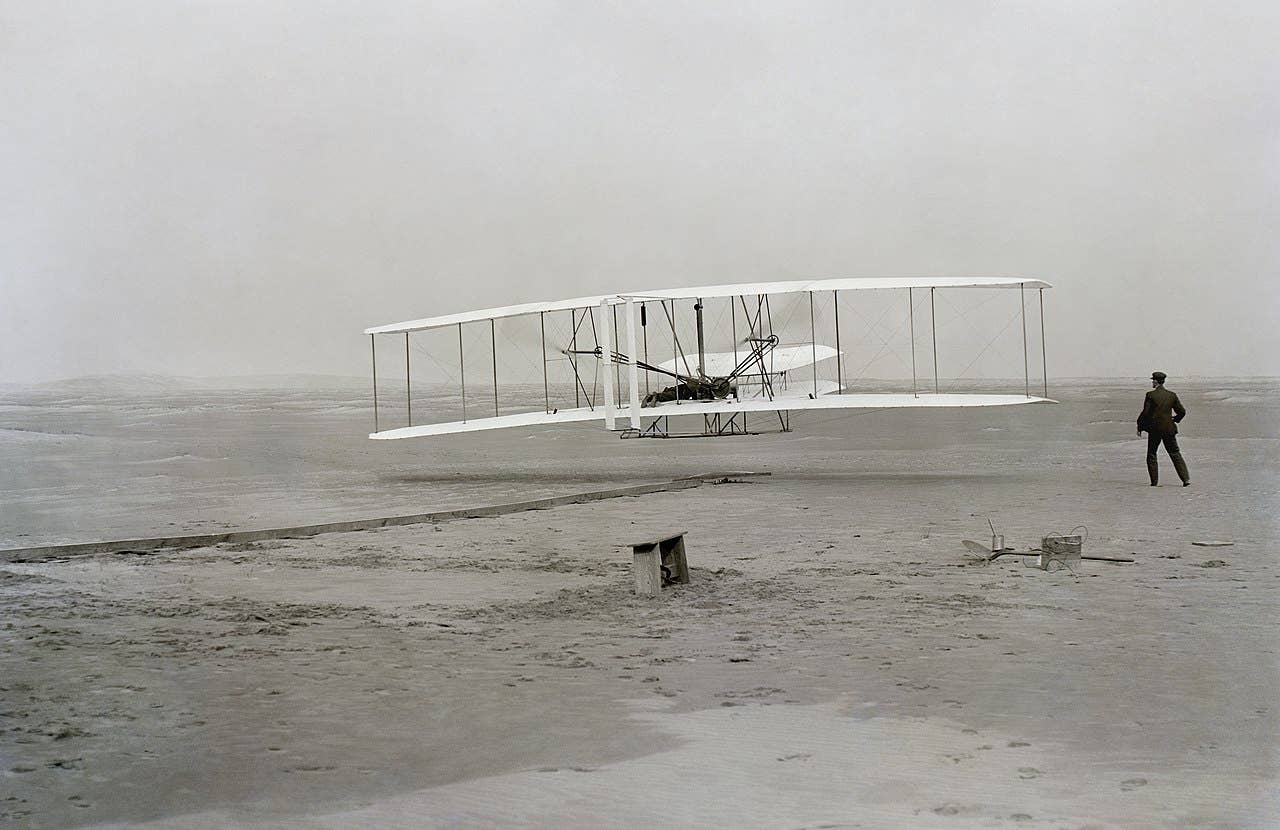Remembering Bessie Coleman
A descendent of the famous Black pilot performs a different kind of barnstorming.

Bessie Coleman stands with her aircraft in 1922. [Courtesy: UCLA Library Digital Collections/Wikimedia Commons]
When you ask someone about famous women from the early days of aviation, they will likely mention Amelia Earhart—but rarely Bessie Coleman, the first African American woman to earn a pilot certificate and a renowned barnstormer.
In honor of Black History Month, we remember her with Gigi Coleman—her great niece—who performs a different kind of barnstorming, traveling the country in a one-woman show sharing Bessie’s story. FLYING caught up with Gigi at the Museum of Flight in Seattle.
"It is a story that is not often told," said Gigi, dressed in a period-correct costume of a 1920s aviatrix. "People don't know about her. They just know about Amelia Earhart, who, by the way, earned her pilot certificate two years after Bessie earned hers in the U.S. Reeve Lindbergh, the youngest daughter of Charlies Lindbergh, spoke with my mother about it. Reeve wrote the book Nobody Owns the Sky and said she felt bad because her father was getting all the accolades from that time, and Aunt Bessie wasn't getting anything."
During the presentation, Gigi Coleman, in character as Bessie and in the first person, tells the audience about being born into a family of sharecroppers, the 10th of 13 children, picking cotton. When she had the opportunity to get an education, she says she took it, even if it meant walking several miles to and from school every day. She says she enjoyed reading and learning, and when she was old enough, she went to work to make money to pay for more college, attending classes until the money ran out. This was at a time when so-called Jim Crow laws enforced racial segregation, limiting opportunities for people of color.
Bessie Coleman refused to be deterred. She worked as a manicurist to earn the money for flying lessons, but even having the means didn't mean you could learn to fly, Gigi tells the audience. She says her great aunt went to a flight school in Chicago and was dismissed not only for being a woman but also for being Black.
In the 1920s women in the U.S. were expected to be wives and mothers—very few had careers. It was different in France, as Bessie learned from a relative who had served in the Army during World War I. He came home with stories about the women there being much more than wives and mothers.
"They had careers!" proclaims Gigi as Bessie. Bessie went to France for flight training. She came home with an international pilot certificate in 1921—two years before Earhart earned her certificate.
Bessie then began a career as a barnstormer, a pilot who flew around the country often in surplus WWI aircraft, such as the Curtiss JN-4, known as the Jenny. Barnstorming involved doing aerobatics often over a farmer's field or at a race track where people paid to see aviators risk their lives.
Bessie would only perform in exhibitions if the crowds were desegregated. This was a gutsy move on her part, as segregation was the law of the land. Her career as a barnstormer and her life were cut short on April 30, 1926, when she and her mechanic took to the air before an upcoming performance. The aircraft had been having engine trouble. During the flight it went into a nosedive, throwing her out of the cockpit. Bessie Coleman died when she hit the ground, and the mechanic was also killed in the crash. She was 34.
Gigi Coleman grew up hearing stories about great aunt Bessie from her mother, who was adamant that Bessie would not be forgotten. "My mother got the United States Postal Service to put Bessie Coleman on a postage stamp in 1995 and made buttons with her likeness and got a local museum in Chicago to share her story,” Gigi said.
Other tributes include numerous books, a quarter with her image, and a doll from Mattel, the makers of Barbie, with her in a pilot's uniform.
In Illinois, streets have been named for her, and according to Gigi, on the anniversary of her death her great aunt's grave in Chicago earns a flyover from pilots who drop flowers.
When her mother died, it fell to Gigi to keep the legacy alive—hence the creation of the one-woman show in 2014. She doesn't sugarcoat the opposition her great aunt faced during the time of Jim Crow but notes it still draws a reaction from her audience.
"It was her reality," she said. "I am not trying to offend anyone, but this was the way it was and what she had to endure."
Gigi does a lot of work with school groups, especially those with economically disadvantaged students. In a few weeks she will be part of a virtual program that will introduce children to different careers in aviation through guest speakers and activities.
Gig Coleman is also adding to her own education, taking flying lessons in Oklahoma in a Cessna 172.
Her message for people by way of aunt Bessie is simple: "You can do whatever you want to in life. Don't let anybody tell you different. Don't take no for an answer; every no is one step closer to yes."

Sign-up for newsletters & special offers!
Get the latest FLYING stories & special offers delivered directly to your inbox






